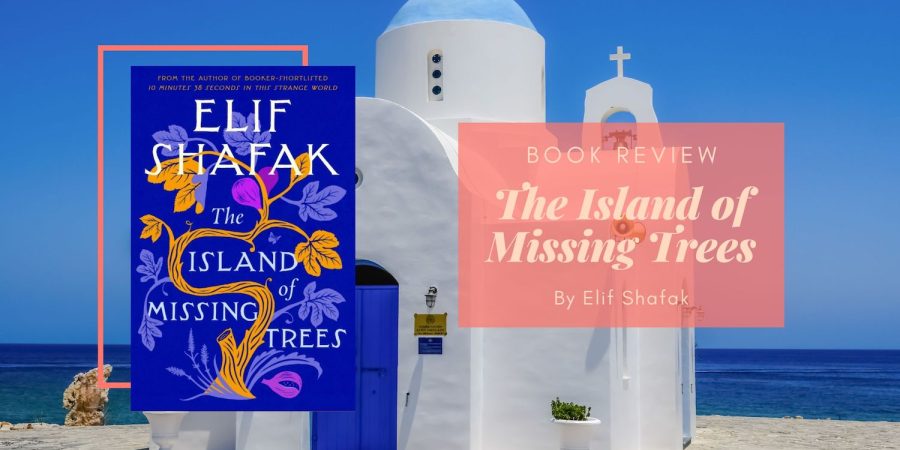Here is another book club book doing what it’s supposed to do: introduce me to new books that I’ve not read and should try reading, as well as giving us an opportunity to eat somewhere new (in this case, Turkish cuisine, though Greek cuisine could also work here).
The Island of Missing Trees is both the story about Cyprus in the 1970s and 2000s, tracing the love story of Kostas and Defne, as well as the story of Ada, Kostas and Defne’s daughter in the 2010s after Defne’s death. Oh, and there’s a fig tree who narrates a good chunk of the novel.
Let’s start with the parts of the book I liked: the story about Kostas and Defne as they love in a time when Greeks and Turkish islanders on Cyprus grow increasingly divided. This story was heartbreaking, showing how romantic love and conflict and be aided by familial love, philia (friendship love), and community love. I was most riveted by the story of Kostas as Defne as they were separated and then found their way back to one another.
The descriptions of food were also excellent, I’m definitely craving both Greek and Turkish cuisine now.
I also really enjoyed the characters in this novel – Defne was heartbreakingly defiant, Kostas was a sensitive soul, and Ada is such a modern teenager that I think I’ve met a version of her somewhere. Ada, in particular, deserves applause for the way Shafak has written her – a mixture of hurt and grief, as well as the sureness of youth that their view of the world is correct.
Unfortunately, Ada belongs to the story set in the 2010s, which is sadly the weaker storyline in my opinion. It’s very common when we have a dual-timeline novel that one period, often the past, shines and this was the case in The Island of Missing Trees. As much as I loved how Ada was written, I often felt like her story was used to round out the story of Kostas and Defne. We do get some of Ada’s conflict, especially online, but I felt that Shafak did not delve deep enough into this part of the story and the resolution felt unconvincing.
Speaking of other unconvincing things, I remain unconvinced that a fig tree needs to be a major character (even with the “twist” at the end). I have never read The Hidden Lives of Trees but I imagine that the fig’s chapters give us a lot of the same information, as well as parts of the plot from a different point of view. Personally, I found the fig to be veering on tedious at times and wanted its chapters to be drastically pruned down, making it more of a Greek chorus than a main character.
Overall, this was an interesting book that introduced me to a time and place that I hadn’t visited before (despite my love of Greek myths). While I’m not crazy about the fact that the fig tree was a bigger POV character than expected, I still enjoyed this book and would recommend it to anyone who’s looking for a heartbreaking story set in Cyprus.
Featured Image: Photo from Canva

tree narrating story is something unique. Too bad that turned out tiring. Great review!
I think if the tree had fewer chapters, I would like the book a lot better!
I love the perspective of the fig tree, as well as the characters she meets,, the mouse,
the mosquito, the bee, the ant, etc.